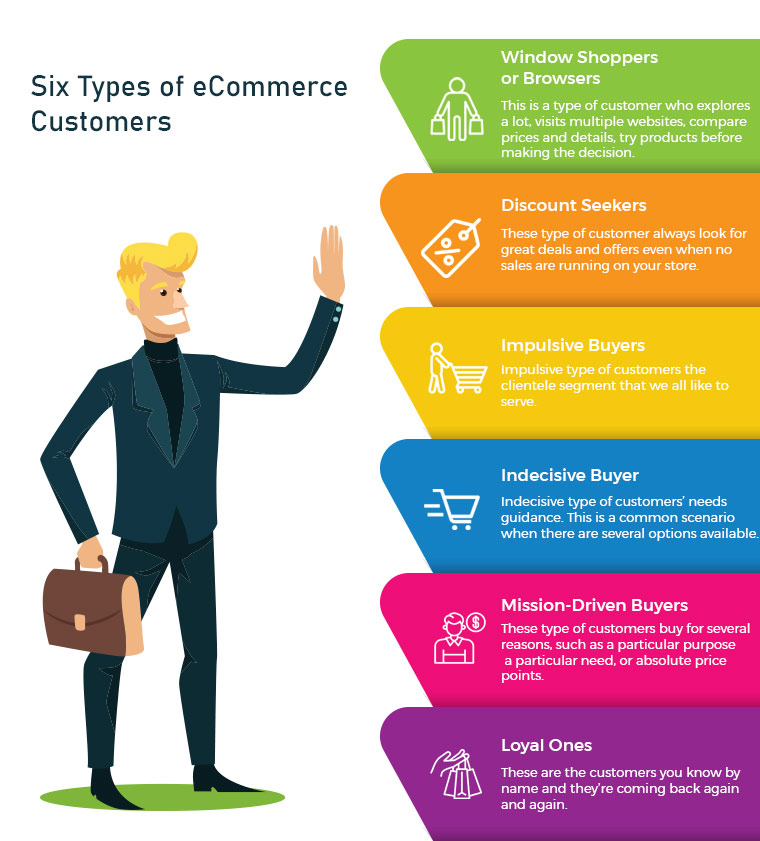In the realm of marketing and sales, the decision to offer discounts is a pivotal one. It’s a tool that, when used wisely, can enhance your strategy, but when misused, it can devalue your brand and attract the wrong kind of customers. In this post, we delve deep into when and how to use discounts effectively to grow your brand profitably.
Understanding Your Customer Segments
Before you even consider discounts, it’s essential to understand your customer base. Not all customers are outright ‘no’s; many are ‘not now’s. Here’s a breakdown of typical customer segments you’ll encounter:
- Instant Buyers (3%): These customers need no convincing. They are ready to buy and are your low-hanging fruit.
- Definite Non-Buyers (15-25%): They are not your target market and likely will never purchase.
- The ‘Not Now’ Buyers: This segment is where the real potential lies. They are further divided into several sub-categories:
- ‘Not Now, But Later’: They intend to buy at some point and need to be nurtured.
- ‘Lack of Time’: Busy customers who might need a nudge when they’re less occupied.
- ‘Pain Not Urgent Enough’: Customers who need a stronger emotional trigger.
- ‘Need More Proof’: Skeptical customers who require social proof and testimonials.
- ‘Need More Information’: These customers need additional details to understand how your product or service fits into their situation.
- ‘Lack Self-Belief’: Customers who believe in your product but doubt their ability to use it effectively.
- ‘Financial Constraints’: Customers who are interested but restrained by their budget.
The Role of Discounts in Your Strategy
Discounts should not be your first go-to strategy. They are more effective and less damaging when used as a last resort, particularly for those who are financially constrained.
Why Not to Rush Into Discounts
- Overuse of Discounts Diminishes Brand Value: Frequent discounts can make customers perceive your products or services as inherently less valuable.
- Attracts the Wrong Customer Base: Discounting often brings in customers who are more likely to refund and less likely to become loyal, long-term buyers.
- Undermines Other Remedies: Before resorting to discounts, addressing the other customer segments’ needs can yield better results.
Using Discounts as the ‘Salt’ of Your Strategy
- After Exhausting Other Avenues: Once you’ve addressed the needs of other customer segments, discounts can be used sparingly to attract the last segment of potential buyers.
- Create Perceived Value: Instead of presenting discounts as a desperate bid for sales, frame them as an opportunity for customers who couldn’t afford your product otherwise.
- Reverse the Objection: Transform the “I don’t have the money” objection into a value proposition where the cost of not taking the offer becomes higher than the price with the discount.
Implementing Discounts Effectively
- Segment Your Audience: Use customer data to segment your audience and understand their specific barriers to purchase.
- Address Non-Monetary Barriers First: Before offering discounts, try to overcome objections related to time, belief, or information gaps.
- Personalize the Approach: Tailor your communication and offers according to the specific needs of each segment.
- Frame Discounts Strategically: When you do offer discounts, present them as special opportunities rather than a regular occurrence.
- Measure and Analyze: Keep track of how discounts affect your sales, customer quality, and brand perception. Use this data to refine your approach.
Conclusion: Balancing Discounts with Value
Discounts are a powerful tool in the marketer’s arsenal, but like any tool, they need to be used with precision and purpose. The key is to understand your audience deeply, address their specific needs, and use discounts as a strategic enhancement rather than a dependency. By doing so, you can maintain the value of your offerings, attract the right kind of customers, and ensure the long-term health and reputation of your brand. Remember, in the world of professional cooking, salt is used to enhance, not overpower, and the same principle applies to discounting in marketing.









